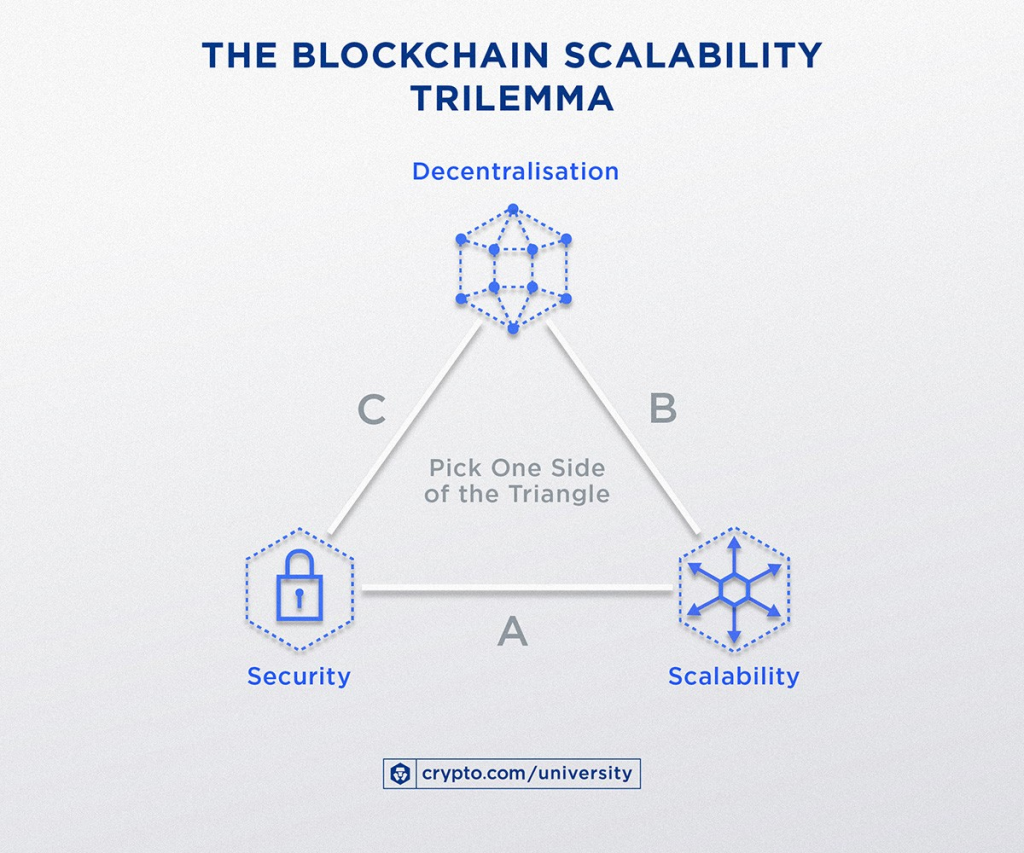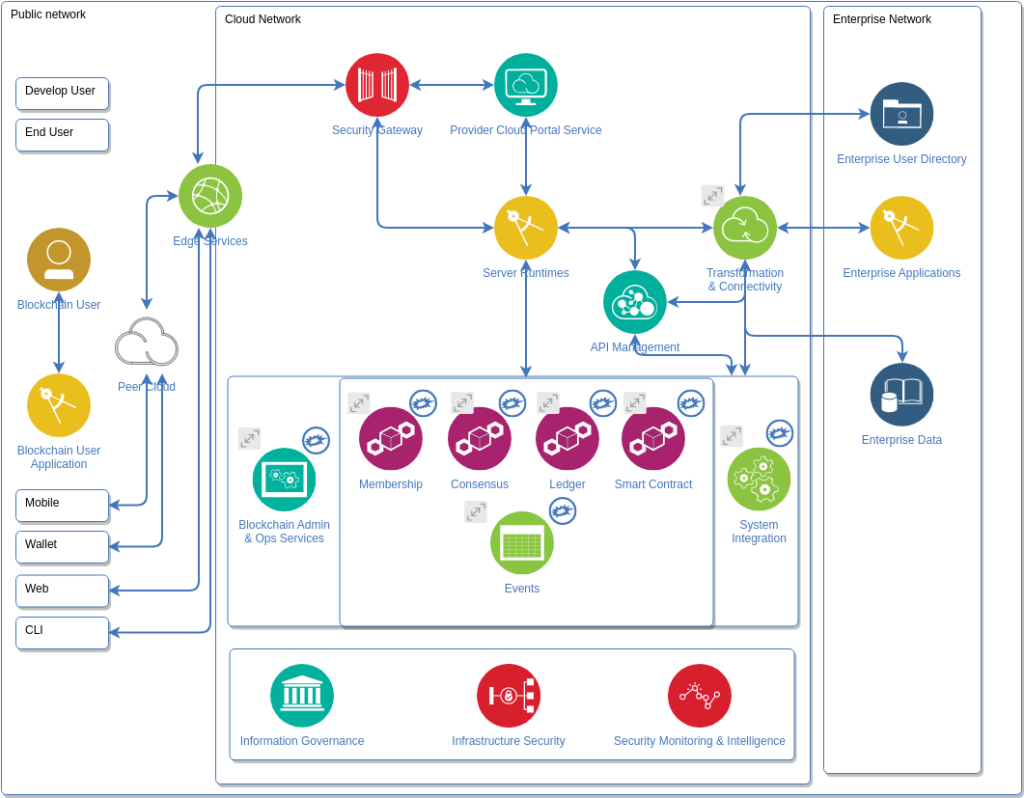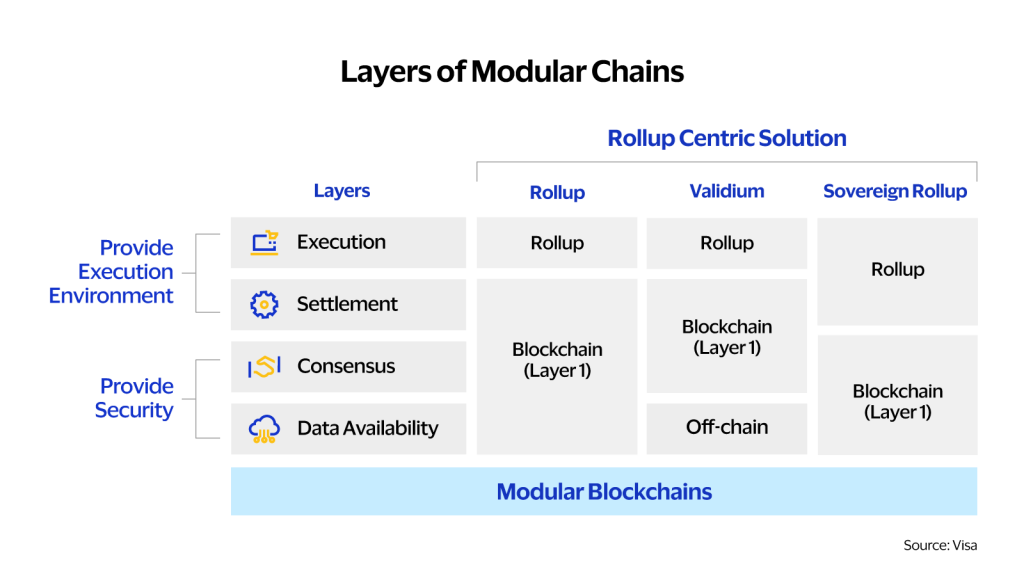Layer-2 enterprise integration is on every tech leader’s radar these days. The promise is enticing: by using Layer-2 blockchain networks, businesses can achieve massive scalability and ultra-low transaction fees, paving the way for broader enterprise Web3 adoption. In fact, transactions on some Layer-2 networks now cost as little as $0.002, enabling use cases like micropayments that were previously impractical. With such scalability breakthroughs, one might assume enterprises would be rushing to integrate Web3 into their operations.
However, even as Layer-2 costs plummet, companies are finding that integrating these solutions into existing enterprise systems remains a significant challenge. This blog explores why that disconnect exists and how businesses can bridge the gap.
Layer-2 Solutions: Scalable, Affordable, and Game-Changing
Layer-2 blockchains (e.g., rollups, sidechains, state channels) process transactions off-chain and batch them onto Layer-1, dramatically cutting costs and boosting speed. Platforms like Coinbase’s Base already deliver transactions 20–100x cheaper than Ethereum L1, unlocking real business use cases like payments, supply chain tracking, and microtransactions that were previously unfeasible.

The Blockchain Scalability Trilemma, highlighting the trade-offs between decentralization, security, and scalability. This is essential to explain how Layer-2 solutions provide scalability and cost efficiency without compromising on decentralization or security (Source: Crypto.com)
Beyond cost savings, Layer-2 solves blockchain’s scalability bottleneck by supporting far higher throughput. Modular designs split execution, consensus, and data availability into layers, making systems faster, cheaper, and easier to customize, whether for privacy, enterprise-grade workloads, or public adoption.
The tech barrier is no longer scalability. The real challenge is enterprise integration – blending Web3 networks seamlessly into existing IT environments.
So why aren’t enterprises universally embracing these innovations? The answer: adopting Web3 in a corporate environment involves more than just low fees and speed. It requires weaving new blockchain networks into the fabric of existing business IT and that’s where challenges abound.
Why Enterprises Struggle with Web3 Integration
Enterprise leaders often recognize the potential of blockchain and Web3. But when it comes to integrating a Layer-2 solution into their operations, they face a host of practical challenges that go beyond tech metrics. Here are some of the key hurdles making Layer-2 enterprise integration difficult in practice:
- Legacy Systems and Complexity: Most businesses run on legacy IT systems (databases, ERP, supply chain software) that were never designed to interface with blockchain. Connecting a modern Layer-2 network to an old financial system or CRM is non-trivial. As one industry analysis put it, “Most businesses rely on older IT systems that aren’t built to work with blockchain, making integration a challenge.” Achieving seamless data flow between on-chain and off-chain systems often requires custom middleware, robust APIs, and significant re-engineering of processes.
- Data Privacy and Control: Public blockchain networks (including many Layer-2s) record data transparently by default, which alarms enterprises handling sensitive information. Companies in sectors like finance or healthcare have strict data privacy requirements. They cannot risk exposing confidential data on a public ledger. This is why we see emerging Layer-2 solutions focusing on privacy-preservation. Such innovations help, but implementing them adds another layer of complexity to integration efforts.

Enterprise blockchain architecture diagram (IBM template): illustrates how blockchain components are integrated into enterprise networks and systems (Source: IBM Cloud Architecture Diagram Template)
- Regulatory and Compliance Uncertainty: Enterprises must comply with regulations in every jurisdiction they operate. Unfortunately, blockchain and crypto regulations are often unclear or still evolving. Integrating a Layer-2 solution means grappling with questions about data jurisdiction, transaction reporting, identity (KYC/AML), and more. Many firms proceed cautiously or delay projects until they have clarity, fearing that a misstep could lead to compliance violations. As Deloitte observed, lack of regulatory clarity makes some enterprises wary of Web3 adoption until governments provide more definitive guidance. This cautious approach can slow down integration plans significantly.
- Skill Gaps and Talent Shortage: Implementing and maintaining blockchain systems requires specialized expertise – from smart contract developers to security auditors. Enterprises often do not have these skills on staff, and hiring experienced Web3 engineers is competitive (and expensive). A Deloitte study noted a 351% increase in blockchain job postings in one year, highlighting the intense demand for talent. Without the right experts, companies struggle to design and integrate Layer-2 solutions correctly. The learning curve for in-house IT teams can also be steep, leading some projects to stall or deliver subpar results.
- Operational and User Experience Challenges: Even with technology in place, integrating Web3 into a business means changing how processes and users interact. For instance, if a supply chain system moves to a Layer-2 network, partners and employees might need to use crypto wallets or new interfaces. The UX of blockchain apps (managing private keys, transaction fees, etc.) can be daunting for non-crypto-native users. Web3 isn’t yet a one-click, invisible backend technology and that lack of seamless user experience can hinder enterprise rollouts. Additionally, internal workflows and even revenue models might need adjustment when blockchain is introduced, requiring organizational buy-in and change management at multiple levels.
- Cost and Risk Considerations: Ironically, even though Layer-2 fees are low, enterprises worry about the predictability and ancillary costs. Fluctuating gas prices (even if much smaller on L2) can complicate budgeting. Moreover, the cost of integration itself – development effort, security audits, infrastructure – can be significant up front. Decision-makers must weigh these against the potential long-term benefits. There’s also perceived risk in being an early adopter. Many firms watched the volatility of crypto markets and high-profile hacks with concern. They want assurance that any blockchain integration (even on a cost-efficient Layer-2) won’t introduce security vulnerabilities or operational instability. All these factors contribute to a cautious, hesitant approach among enterprises.

Diagram showing blockchain deployment within an ERP ecosystem, including data propagation between enterprise applications. Highlights the complexity of integrating blockchain as part of core business processes (Source: Sustainability)
In summary, enterprises face a reality check: cheap and fast transactions alone don’t make a technology enterprise-ready. Issues of interoperability, privacy, compliance, and skill gaps create an integration hurdle that can’t be solved by technology tweaks alone. It requires strategy and planning. So how can companies overcome these challenges?
Bridging the Gap: Strategies for Successful Layer-2 Enterprise Integration
The good news is that none of the obstacles above are insurmountable. Forward-thinking organizations are developing playbooks for enterprise Web3 adoption that address both technical and business challenges. Here are strategies and solutions that can help enterprises harness Layer-2 benefits while overcoming integration woes:
- Leverage Modular and Hybrid Architectures: Instead of trying to force a one-size-fits-all public blockchain into the enterprise, companies can adopt a modular blockchain approach. This means using a mix of layers or networks for different purposes – for example, a permissioned Layer-2 (or a private execution layer) for handling sensitive transactions, which then settles final data on a public chain like Ethereum for security. Modular architectures offer unlimited scaling and easy upgrades, and enterprises can even run customized, private execution layers on top of public networks. This provides the best of both worlds: high performance and privacy internally, with the security and interoperability of public blockchains for settlement. Designing a blockchain stack tailored to your use case (mixing components like a zk-Rollup for privacy or an optimistic rollup for throughput) can dramatically ease integration. It ensures the technology adapts to your business, not the other way around.

This visual helps explain how modular and Layer-2 systems separate concerns, enabling enterprise-tailored scalability and flexibility (Source: The Defiant)
- Invest in Interoperability and Integration Middleware: To connect blockchain networks with legacy systems, interoperability solutions are key. This might involve deploying API gateways, blockchain middleware platforms, or oracle networks that can shuttle data between on-chain and off-chain environments. For instance, a middleware can listen for Layer-2 events (say, a payment confirmation) and trigger corresponding actions in an ERP or database. Many enterprises also look to cross-chain bridging solutions if they plan to use multiple blockchains, so that assets and data can move freely in their ecosystem. By prioritizing interoperability from day one, you ensure your Layer-2 integration doesn’t become a silo. Aim to “develop interoperable solutions that allow your legacy systems and blockchain to work together seamlessly,” as experts advise. This often means budgeting for custom integration development or utilizing enterprise blockchain platforms that come with pre-built connectors for common enterprise software.
- Partner with Experienced Blockchain Providers: One pragmatic way to overcome talent and complexity challenges is to bring in external expertise. There are now specialized blockchain development firms and consultants (such as Twendee) that focus on enterprise integration. These experts have done it before – they understand both the blockchain tech and the realities of corporate IT environments. By partnering with a seasoned team, businesses can accelerate their projects and avoid common pitfalls. Outsourcing or co-developing with experts is often cost-efficient too: rather than spending months (and $$$) training an in-house team, you get access to top-tier blockchain engineers who can deliver a solution faster. Twendee, for example, is a full-stack tech provider with deep blockchain expertise, able to guide enterprises from initial strategy through full Layer-2 implementation and integration. Engaging such partners helps in several ways – they can audit your architecture for security, ensure compliance considerations are built-in, and customize the solution to your specific workflows. This leaves your internal team free to focus on core business, while the heavy lifting of Web3 integration is handled by professionals.
- Pilot, Learn, and Scale: Given the uncertainties in technology and regulation, a wise approach is to start small and iterate. Enterprises can begin with a pilot project on a Layer-2 network that targets a contained use case. A controlled pilot allows the team to learn hands-on, evaluate performance (e.g., confirm that the low fees and throughput meet expectations), and uncover integration snags on a small scale. Importantly, it also provides a case study to demonstrate value to stakeholders. Once proven, the solution can be scaled up step by step. This incremental approach helps build confidence and creates internal advocates for broader adoption. It also buys time as the external environment (regulations, standards, Layer-2 maturity) continues to improve. Remember that Web3 adoption is a journey, not an overnight switch – treating it as a phased transformation increases the chances of long-term success.
- Address Governance and Compliance Early: To prevent nasty surprises later, incorporate your compliance, security, and governance teams into the blockchain project from the beginning. Design your Layer-2 integration with controls for identity, access, and auditability. By aligning the project with existing compliance policies (or updating those policies to accommodate blockchain), you remove one of the biggest blockers to enterprise adoption. Many regulatory concerns can be mitigated with the right architecture. The bottom line is, tackle the “boring” stuff (legal, risk, accounting) as part of the integration project, not afterward. This makes your executives and regulators far more comfortable with the deployment.

Enterprise blockchain integration framework from Deloitte, outlining phases from use case evaluation to proof of concept to scaling. It captures the structured approach businesses need when integrating blockchain technologies such as Layer-2 into existing infrastructure (Source: Deloitte Insights)
By applying these strategies, enterprises can turn the challenges of Layer-2 integration into manageable tasks. Each company’s roadmap will look slightly different, but the common theme is bridging the new technology with existing reality, whether via modular tech design, solid integration plumbing, external expertise, or phased deployment.
Conclusion
Layer-2 has solved blockchain’s scalability and cost challenges, making fast, low-fee transactions ready for enterprise use. The real hurdle now is integration: technical, organizational, and regulatory. With the right strategy and partners, businesses can overcome these barriers and unlock Web3’s full potential.
For forward-thinking enterprises, the payoff is transformative: more efficient, transparent, and secure processes, plus new value models from tokenized assets to decentralized ecosystems. Like early adopters of Web1 and Web2, companies that embrace Layer-2 today will gain a lasting competitive edge, by balancing innovation with pragmatic execution.
At Twendee, we understand this balance. As a leading blockchain development service provider, Twendee specializes in helping businesses integrate Layer-2 and enterprise blockchain solutions seamlessly into their operations. Our team has guided organizations through the end-to-end process – from selecting the optimal Layer-2 platform to architecting integration with legacy systems, implementing privacy features, and ensuring compliance every step of the way. We’ve seen firsthand that with expert guidance, enterprises can rapidly go from Web3 concept to concrete ROI, without the usual headaches.
If you’re looking to take advantage of low-cost, scalable Layer-2 networks but are unsure how to make it work within your enterprise, Twendee is here to help.
Connect with us on LinkedIn or X to explore how Twendee can support your transformation: Twitter & LinkedIn Page
Read latest blog: Building a Compliant Crypto Exchange in the Post‑MiCA Era






One Response